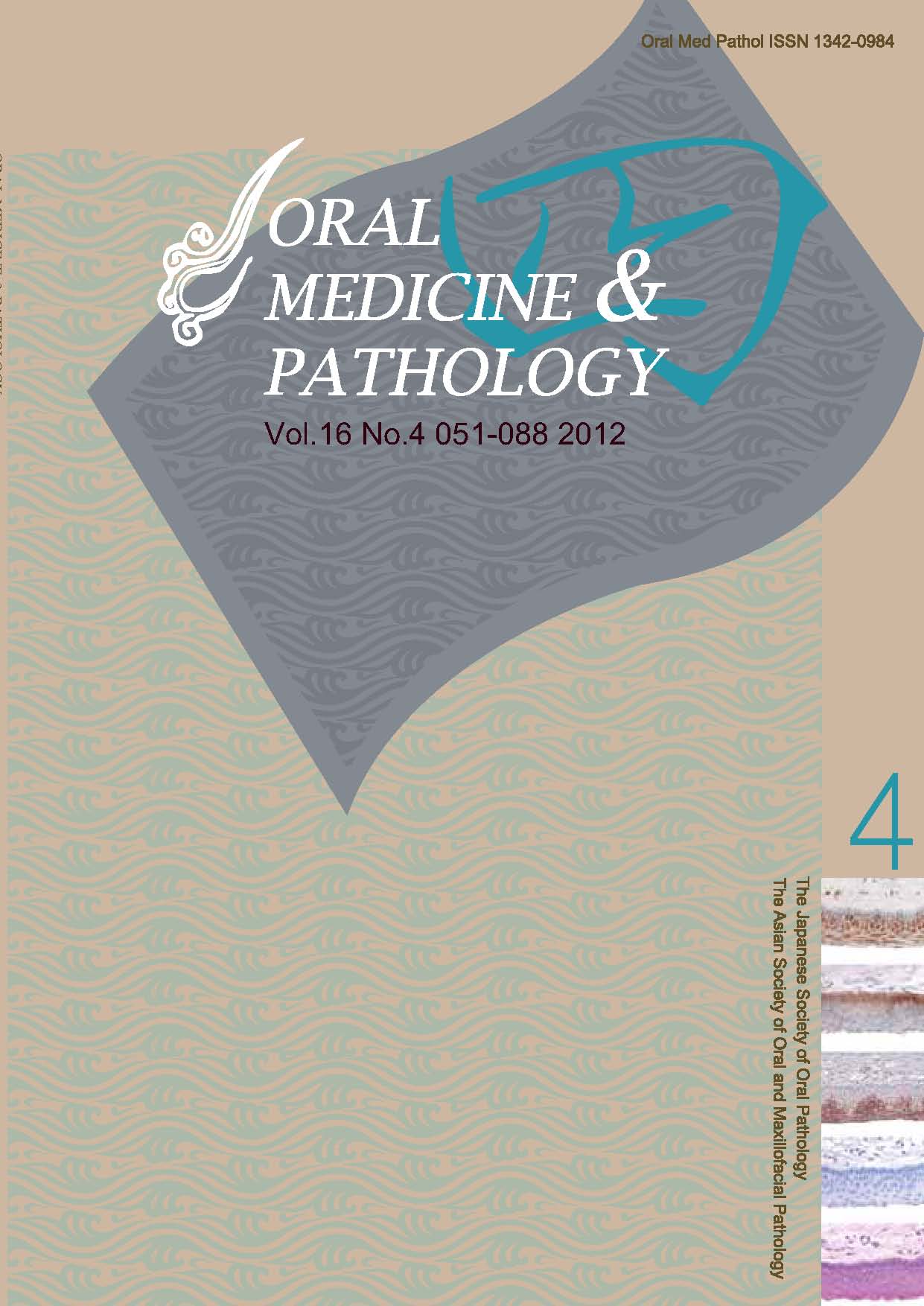Volume 11, Issue 1
Displaying 1-4 of 4 articles from this issue
- |<
- <
- 1
- >
- >|
Review
-
2006 Volume 11 Issue 1 Pages 1-17
Published: March 25, 2006
Released on J-STAGE: February 29, 2008
Download PDF (152K) -
2006 Volume 11 Issue 1 Pages 19-26
Published: March 25, 2006
Released on J-STAGE: February 29, 2008
Download PDF (498K)
Original articles
-
2006 Volume 11 Issue 1 Pages 27-33
Published: March 25, 2006
Released on J-STAGE: February 29, 2008
Download PDF (1141K)
Case Report
-
2006 Volume 11 Issue 1 Pages 35-39
Published: March 25, 2006
Released on J-STAGE: February 29, 2008
Download PDF (860K)
- |<
- <
- 1
- >
- >|
